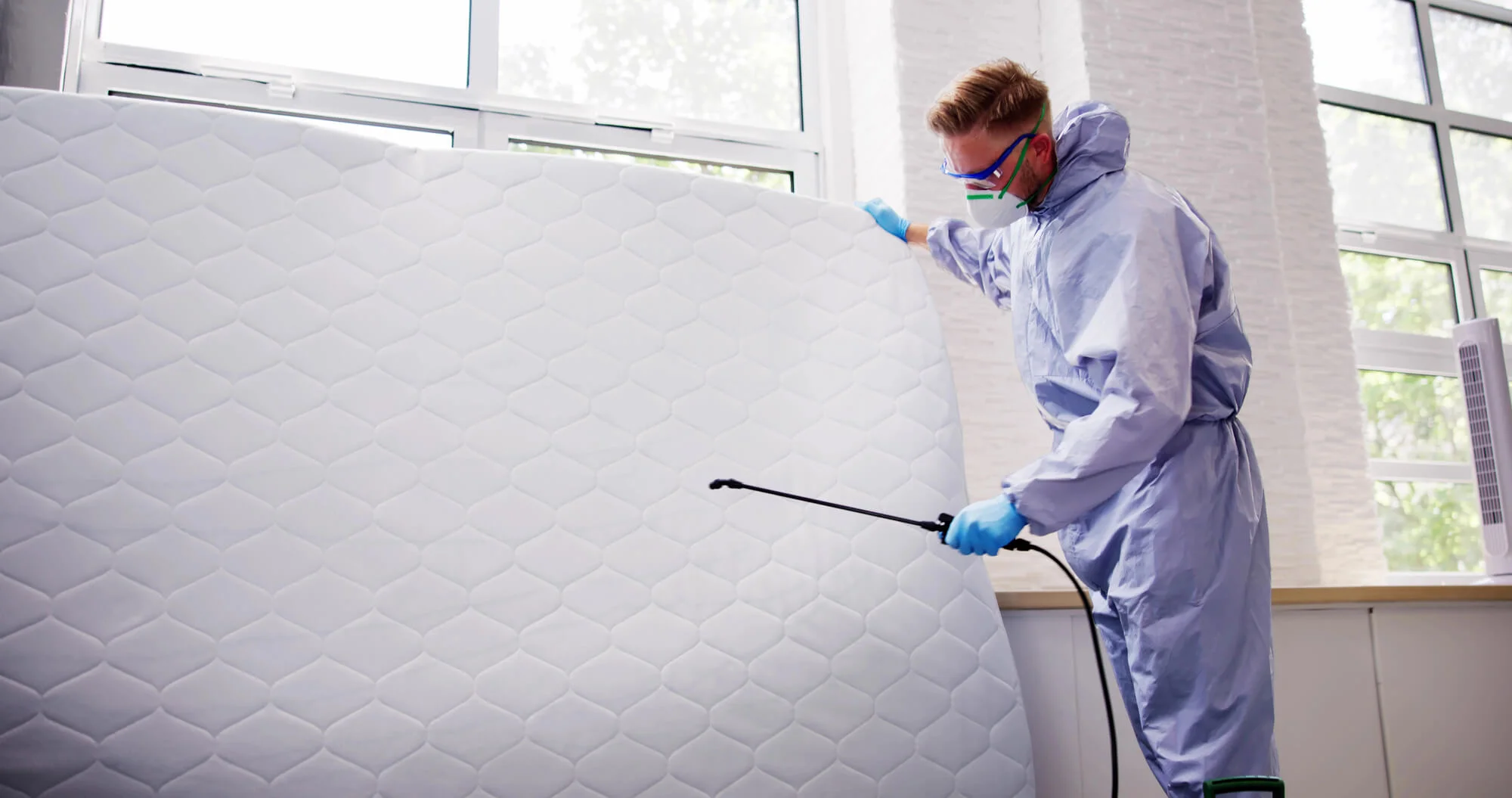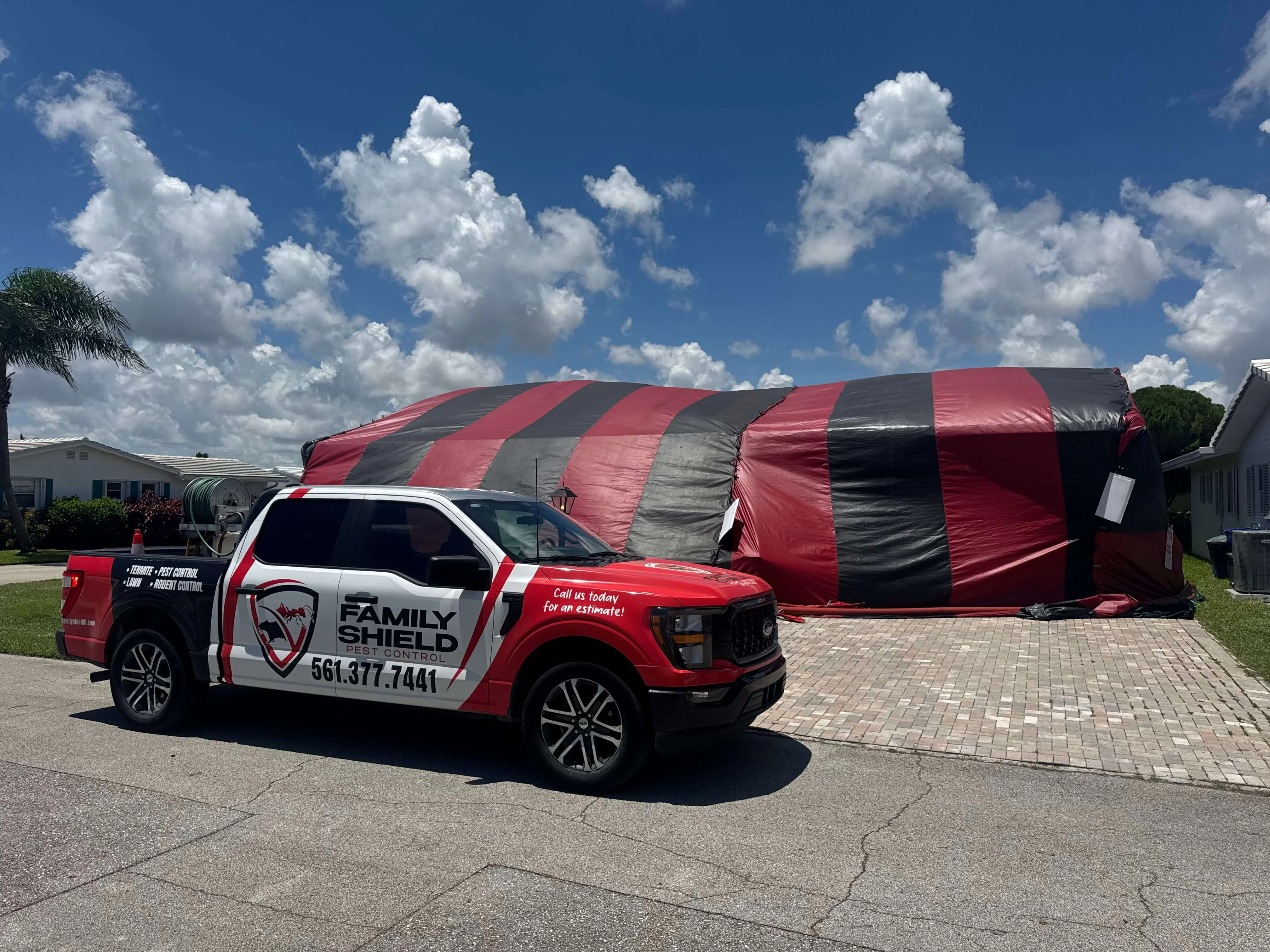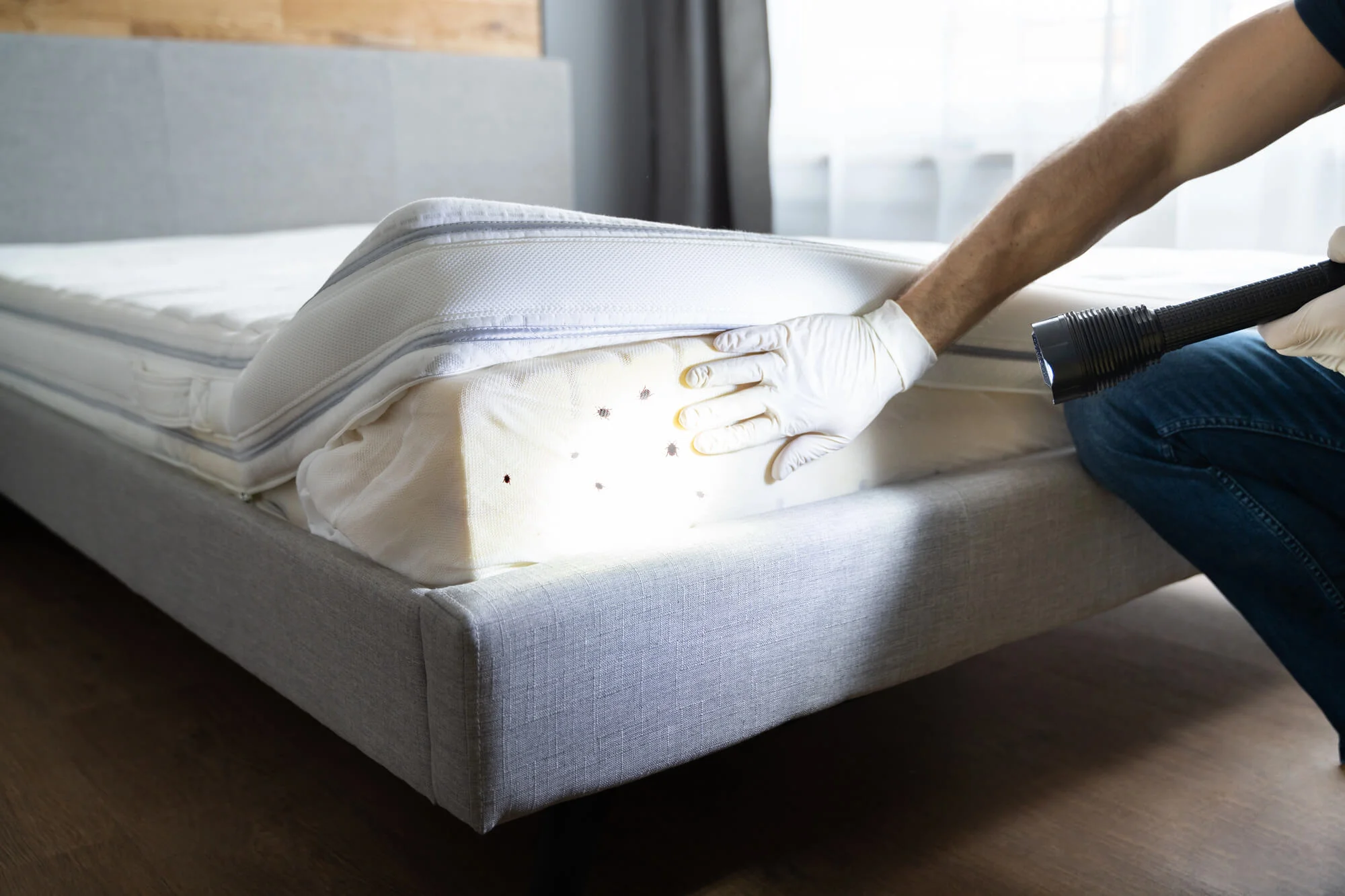Families across the Treasure Coast know that once bed bugs settle in, they’re difficult to eliminate. These pests thrive in Florida’s climate, and they pose unique challenges for households with children and pets.
Choosing the wrong treatment can create more risks than relief. That’s why asking the right questions is key. If you’re exploring Southeast Florida pest control, here’s what families in Martin County should know to make safe, effective decisions.

Why Families Need to Approach Bed Bug Treatment Carefully
The Risks Bed Bugs Bring Into Homes
Bed bugs may be small, but their impact on households can be significant. These pests feed on blood at night, often targeting people while they sleep. The resulting bites may appear as clusters or lines of red, itchy welts. For children, the discomfort can lead to restless nights, poor concentration during the day, and constant scratching. In some cases, scratching opens the skin and increases the risk of secondary bacterial infections.
Seniors are also at heightened risk. Age-related skin changes make older adults more susceptible to irritation and slower healing. Repeated bites can become more than an inconvenience—they can seriously affect overall well-being. Beyond the physical toll, infestations carry an emotional weight. Families often report heightened anxiety, embarrassment, or disrupted routines when dealing with bed bugs.
Although bed bugs prefer human hosts, pets are not entirely safe. They can hide in dog beds, cat carriers, and blankets. A dog or cat that spends time near infested furniture can become an accidental transport system, moving bugs into other parts of the home. This ability to spread silently makes bed bugs particularly challenging for families with active pets.
Why Safety Matters for Children and Pets
Once bed bugs are discovered, the instinct is often to eliminate them as quickly as possible. Yet rushing into harsh treatments without considering safety can cause unintended harm. Children’s developing immune systems and smaller body weights make them especially vulnerable to pesticide exposure. Even low doses of certain chemicals can trigger headaches, nausea, or respiratory irritation in young kids.
Pets face similar risks. Cats and dogs, in particular, tend to lick surfaces or snuggle into freshly treated fabrics, which can expose them to residues. Birds and small mammals are even more sensitive, sometimes reacting to trace amounts of chemicals that would otherwise be safe for humans.
Families need assurance that the solutions used in their homes won’t create secondary problems. Pet- and child-safe methods, such as heat treatments or reduced-risk products, offer a balanced approach, eliminating infestations without leaving behind lingering hazards. By choosing carefully, households protect their property and the health of their most vulnerable members.
What to Ask Before Hiring a Bed Bug Treatment Provider
Is the Treatment Certified as Safe for Homes With Pets and Children?
The first question to ask is about certification. Providers should use EPA-approved products labeled for residential use around people and animals. Heat treatments, which rely on high temperatures, are another safe option. Don’t hesitate to request details about the exact methods being used.
How Should Families and Pets Prepare for Treatment?
Preparation is critical. You’ll want to know if you and your pets need to vacate the home and for how long. Ask how to handle cribs, pet bedding, or stuffed toys. A reputable provider will give written instructions so families know what’s safe to keep and what requires laundering.
How Long Will It Take to Eliminate Bed Bugs?
Some treatments require multiple visits, while others may work in one session. Understanding the timeline helps set expectations and ensures you can plan around disruptions. Follow-up inspections are often necessary to confirm results.
What Preventive Guidance Is Offered After Treatment?
An effective provider will treat the infestation and help you prevent another one. Ask about monitoring, protective mattress encasements, and cleaning routines to ensure that your home stays bug-free in the long run.
Safe Bed Bug Treatment Options for Families
Heat Treatments
Heat is one of the most effective methods. Rooms are heated to lethal temperatures for bed bugs, usually between 120°F and 140°F. It kills all life stages, including eggs, without chemicals. Once the process is complete and the temperature stabilizes, the space is safe to re-enter.
Low-Toxicity Chemical Treatments
Some families prefer non-chemical methods, but modern reduced-risk insecticides offer safe alternatives. Botanical-based sprays and dusts can be effective if applied by a professional. Always ask for proof of safety testing before agreeing to chemical treatments.
Integrated Pest Management (IPM)
This approach combines multiple strategies: vacuuming, steaming, safe pesticides, and ongoing monitoring. IPM focuses on long-term prevention and immediate elimination, making it ideal for households with children and pets.
Local Considerations for Martin County Families
Seasonal Activity in South Florida
While bed bugs can strike year-round, reports often rise during travel-heavy months. Snowbirds, vacationers, and seasonal renters increase the chances of infestations spreading through hotels, rentals, and shared living spaces.
Housing Styles and Risk Factors
Martin County includes a mix of waterfront homes, single-family residences, and condos. Each type presents unique vulnerabilities. Shared walls in condos make infestations harder to contain, while waterfront properties face higher humidity that can help pests survive longer.
Why Local Experience Matters
Bed bug control in South Florida requires an understanding of the regional climate and housing styles. Providers familiar with local conditions will know which treatments are most effective and how to adapt them safely for families.
What Families in Martin County Should Know About Local Bed Bug Trends
How Travel Affects Bed Bug Spread
Tourism in South Florida brings economic benefits but also increases pest activity. Travelers unknowingly transport bed bugs in luggage, making hotels and rental properties hot spots.
Multi-Family Homes and Shared Risks
Apartments and duplexes often experience faster spread. Bed bugs travel through wall voids and floor cracks, so neighboring units may be affected even if one unit is treated. Families should ask providers if they coordinate with neighbors to address this risk.
Prevention in Everyday Life
Simple steps help reduce risk: regularly inspect beds and couches, wash bedding on high heat, and avoid bringing secondhand furniture inside without inspection. These measures work best when paired with professional treatment if an infestation occurs.

Protect Your Family with Trusted Southeast Florida Pest Control!
Bed bug infestations can feel overwhelming, but with the right questions and safe treatment methods, families in Martin County can regain peace of mind. Prioritizing pet- and child-safe options, understanding preparation steps, and choosing experienced local providers makes all the difference.
If you’re ready to protect your home and family with trusted solutions, Family Shield Pest Control Services offers reliable and effective treatments throughout Martin County. Contact us today to schedule your inspection and take back your home.


